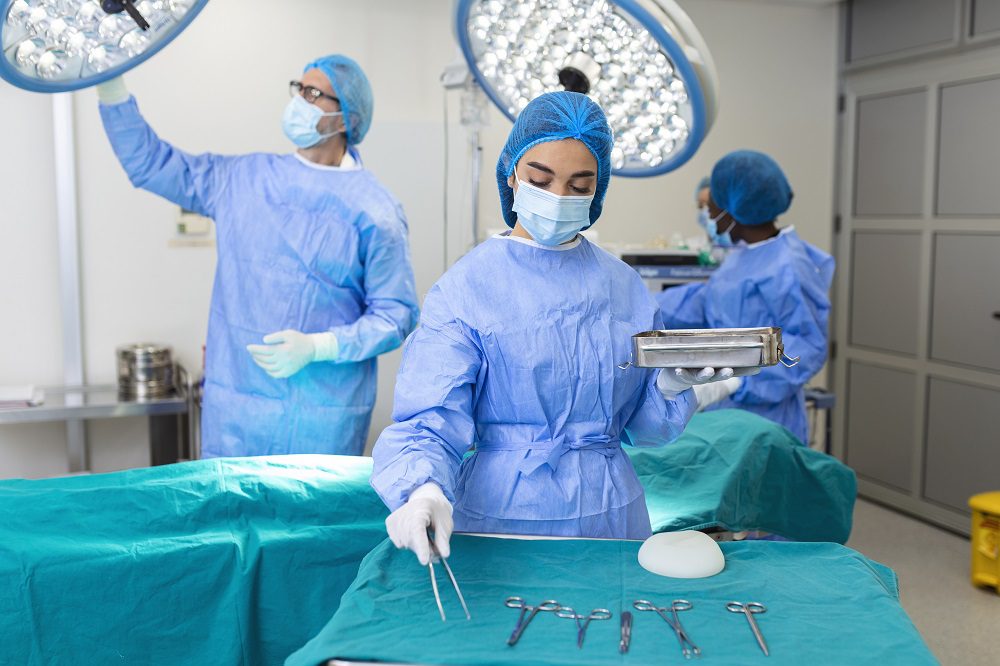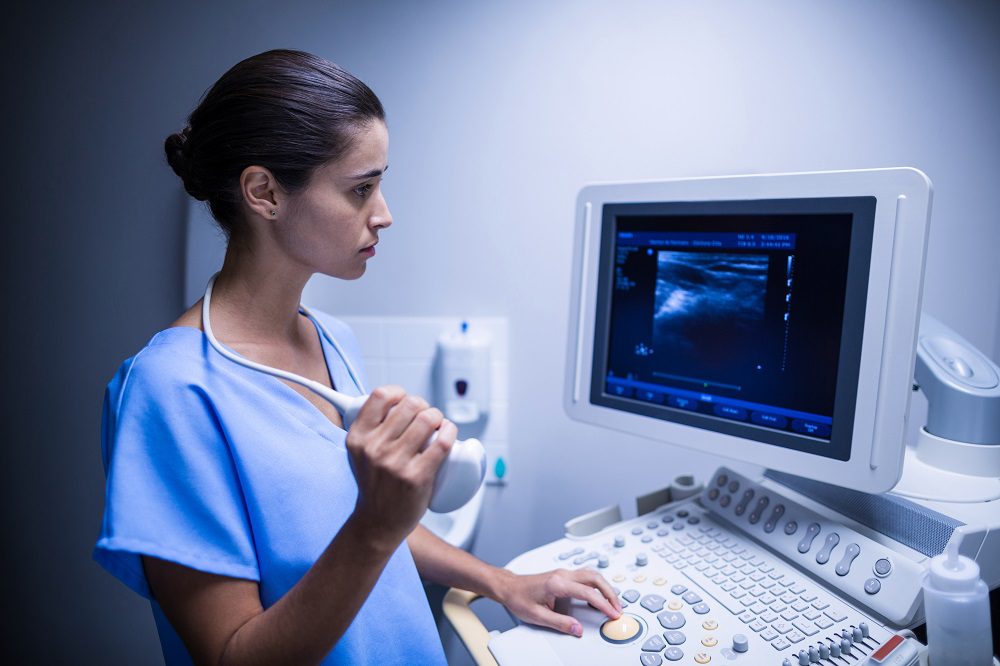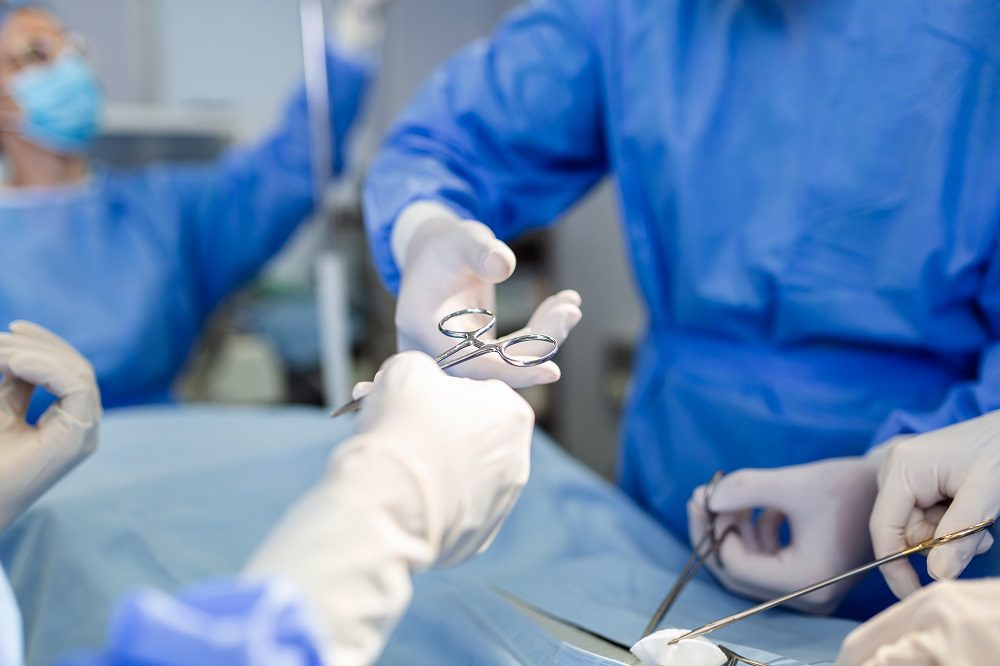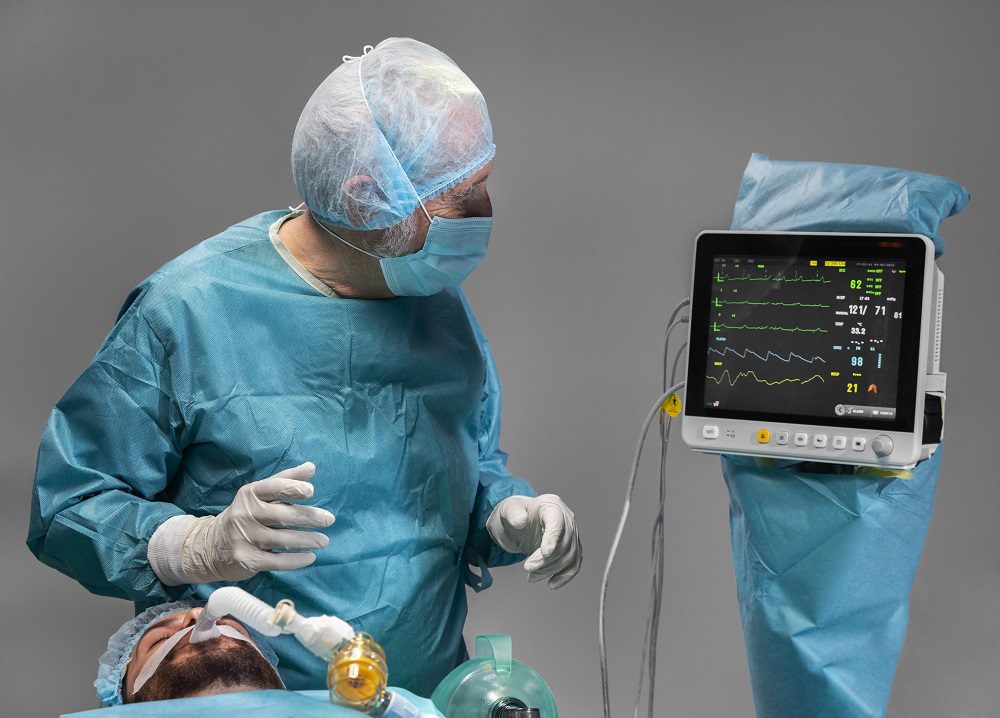ImmunoPET Directed to the Brain: A New Tool for Preclinical and Clinical Neuroscience


Immuno-positron emission tomography (immunoPET) is a non-invasive in vivo imaging method based on tracking and quantifying radiolabeled monoclonal antibodies (mAbs) and other related molecules, such as antibody fragments, nanobodies
Surgical Strategy and Application of Robotic-Assisted Benign Sacral Neurogenic Tumor Resection


Primary sacral neurogenic tumors are rare and mostly benign tumors or low-grade malignancies. The sacrum is adjacent to vital tissues and organs, such as sacral nerves, iliac vessels, bladder, rectum, uterus, etc. Complex pelvic anatomic structure poses a great challenge to the complete resection of primary sacral tumors. Traditional open surgery can be performed via the anterior, posterior, and combined anterior-posterior approaches, with common perioperative complications including massive hemorrhage, nerve damage, and unhealed wounds.
Recent Advances in Surgical Strategies and Liver Transplantation for Hepatoblastoma


The most common malignant liver tumor in children is hepatoblastoma. Epidemiological examinations have shown that hepatoblastoma incidence has been increasing partially because of the improved survival of premature infants. Overall survival has improved from 30% to 80% following inventive advances in surgical techniques and chemotherapy over the past 3 decades. With advances in chemotherapy, the development of treatment methods has largely improved the prognosis of hepatoblastoma, and surgical resection, and liver transplantation still play a crucial role in the treatment of hepatoblastoma.
Ultrasonic Vitrectomy Performance Assessment Using Micro-Extensional Rheology


Vitrectomy, or the surgical removal of vitreous, is a required step in most vitreo-retinal surgical procedures. Vitreous is a transparent gel-like substance found between the lens capsule and retina. It is composed of an inflated and highly hydrated collagen matrix with 99 wt.% water, 0.9 wt.% salts, and less than 0.1 wt.% collagen and hyaluronic acid. Vitreous is related to various functions, including maintaining transparency, protecting the retina from trauma, and other metabolic requirements. Due to the highly connected matrix of collagen fibers, vitreous removal can cause traction in areas of localized retinal adhesion. Thus, vitrectomy must temper extraction speed with the cutting action to maintain retina safety. Conventional pneumatic blade (PB) cutters use a “guillotine-style” cutter to aspirate vitreous out of the eye
A New Technique for Continent Urinary Diversion: Initial Experience and Description of the Technique


Orthotopic neobladder is a well-established surgical solution for continent urinary diversion after radical cystectomy. Nevertheless, it still represents a challenging surgery. Some critical issues of orthotopic bladder sub- stitution include relevant complication rates, renal function impairment, urinary incontinence and patient quality of life. A new ileal neobladder technique, Vesuvian Orthotopic Neobladder (VON), performed for the first time in 2020. To simplify and speed up the reservoir reconstruction through ten standardized technical steps and obtain an appropriate bladder capacity at the same time.
Open Treatments for Thoracoabdominal Aortic Aneurysm Repair


Thoracoabdominal aortic aneurysms (TAAA) represent a unique pathology that is associated with considerable mortality if untreated. While the advent of endovascular technologies has introduced new modalities for consideration, the mainstay of TAAA treatment remains open surgical repair. However, the optimal conduct of open TAAA repair requires careful consideration of patient risk factors and a collaborative team effort to mitigate the risk of perioperative complications. In this article preoperative preparation and operative techniques for open TAAA repair is described. Patients with severe chronic obstructive pulmonary disease, as suggested by a forced expiratory volume in 1 second of less than 0.8 L/min and a partial pressure of carbon dioxide greater than 45 mm Hg, should be evaluated by a pulmonologist and receive bronchodilators as well as pulmonary rehabilitation before repair.
